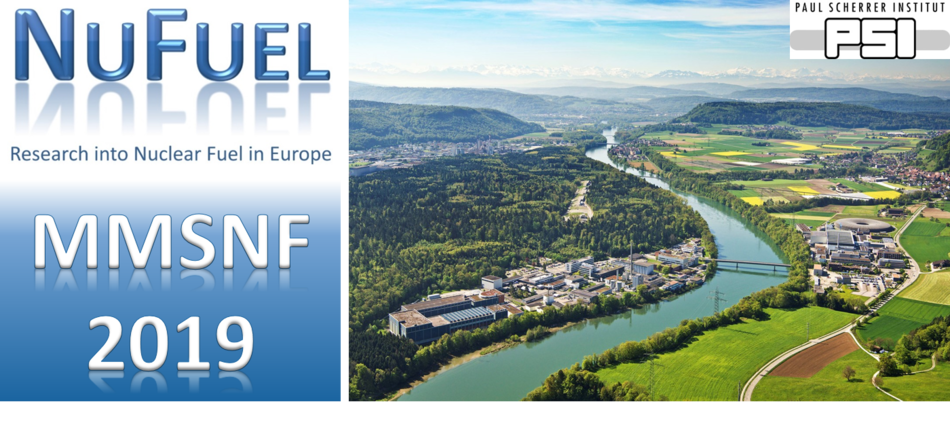Speaker
Description
High values of fission gas release from UO$_2$ fuel during post-irradiation annealing tests cannot be explained by the effective diffusion theory, which is generally used in the modelling of base-irradiation of nuclear fuel. Since the fission gas atoms are highly insoluble in the bulk UO$_2$, they mostly precipitate as intra-granular bubbles. Movement of these highly pressurized intra-granular bubbles has been proposed as one of the mechanisms of fission gas release. The difficulty in modelling the movement of intra-granular bubbles is that these bubbles are extremely small (~ few nm) and numerous while the grain radius is about 5µm. To tackle this problem, a new spatialized mesoscale model was developed where individual bubbles are described, along with the diffusion of vacancies from each bubble to the other, as well as from the free surface. Using this model, two scenarios, and the combination of those, have been assessed for the fission gas release. First is the movement of bubbles in a vacancy gradient, and second is the random movement of bubbles. The analyses have shown that neither of these two scenarios, nor the combination of them, could explain the large fission gas release obtained during post-irradiation annealing in our reference experiment.
A third scenario was also tested, in 3-D but on a smaller domain, by considering the pinning of intra-granular bubbles on dislocations and their movement along with the dislocations, via the mechanism of ‘dislocation climb’. The dislocation climb mechanism has been demonstrated as a prominent gas release mechanism scenario, however, the values for diffusion of vacancies on the dislocations are not known. The results obtained help us to distinguish the fission gas release scenarios that could really explain the observations during post-irradiation annealing tests.
